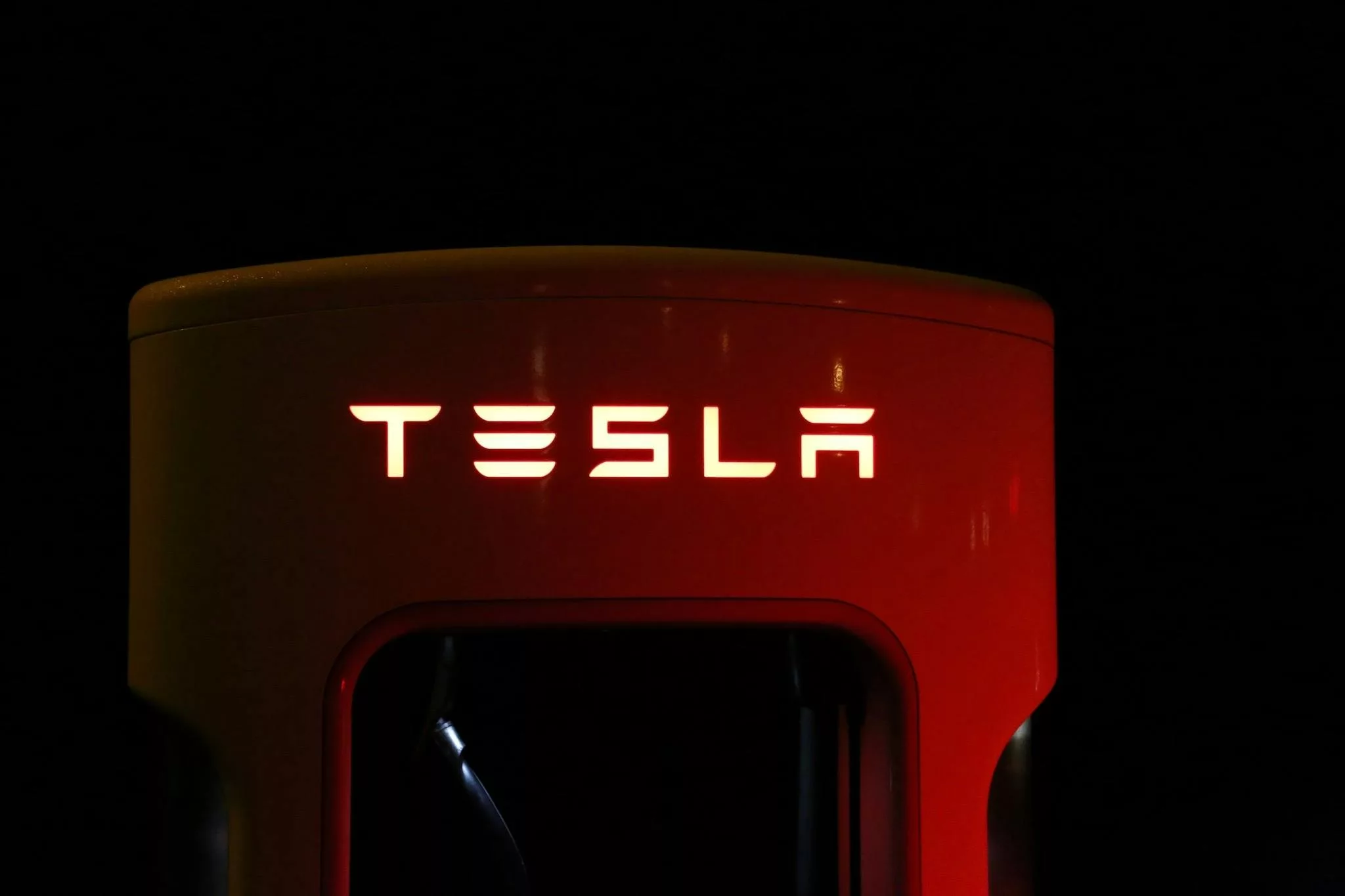Tesla‘s sales performance in the last quarter took a surprising downturn, something that didn’t go unnoticed by industry observers and enthusiasts alike. This shift marks a significant deviation from the sales peaks Tesla fans have become accustomed to. Let’s explore the latest data visually—although the picture it paints might not be the one Tesla enthusiasts and shareholders hope to see.
Understanding the Sales Dip
When we delve into the recent sales figures, it’s evident that the first quarter of the year experienced the deepest lull in Tesla’s sales since late in the previous year. The lingering question now is whether this represents a temporary setback akin to a previous quarter’s dip, or if it heralds a troubling trend for the future of Tesla’s market performance.
The Impact of Tesla’s Limited Model Portfolio
Breaking down the sales by individual models—though these numbers are speculative given Tesla’s lack of detailed public sales data—it’s clear that Tesla’s growth is heavily reliant on just two models: the Model Y and Model 3. In contrast, Tesla’s competitors, particularly in the expansive Chinese EV market, are rapidly diversifying their lineups, a strategy Tesla might benefit from imitating to sustain its competitive edge.
Showcasing the Trends: A Line Graph Analysis
A line graph captures the evolving dynamics of Tesla’s model-specific performance. While Tesla refrains from disclosing detailed model sales, the aggregated data points to a noticeable stagnation and decline in the numbers. As a result, the robustness of models outside the Model Y and Model 3 orbit appears stagnated when contrasted with the two leading versions.
Tesla’s Marketing Efforts: A Reaction to Demand Challenges
Based on Tesla’s own public information, which lumps Model 3 and Model Y sales together and similarly combines Model S, Model X, and Cybertruck, we can infer that outside of their mainstays, other models are trailing significantly behind. Additionally, Tesla’s increased marketing efforts, underscored by their active email and text campaigns, point to a strategic response to an apparent softening demand.
Consumer Demand and Brand Consideration: A Shift in Perspective
An important factor to analyze is the changing mindset of potential Tesla owners. With a substantial customer base that has already opted for a Tesla in previous years, an underlying question emerges: will these customers continue to drive Tesla’s sales forward? Various observations, including the decline in Tesla’s brand consideration scores, suggest that Tesla’s allure may be experiencing fluctuations.
The Market Dynamics of Tesla’s Success Story
It’s crucial, however, to acknowledge the significance of Tesla’s achievements. Nearly 387,000 deliveries, for a company with just a couple of mass-market models, is still an impressive feat. Nonetheless, growth potential without a more diverse model lineup could be constricted. Even the best-selling Tesla Model Y may face limitations in sustaining sales growth without a continuous influx of new, interested buyers.
The Future Is Uncertain
Reflecting upon Tesla’s journey from the release of the first Model S, it’s clear that Tesla has enjoyed remarkable growth. But it’s vital to recognize that a booming past doesn’t guarantee a perpetually soaring future. As such, while Tesla’s story has been an extraordinary narrative of business triumph, the road ahead remains uncertain—and assumptions about future success, dangerously presumptive. Keeping an open mind is more necessary than ever, as the automotive industry and consumer preferences continue to evolve at a rapid clip.
